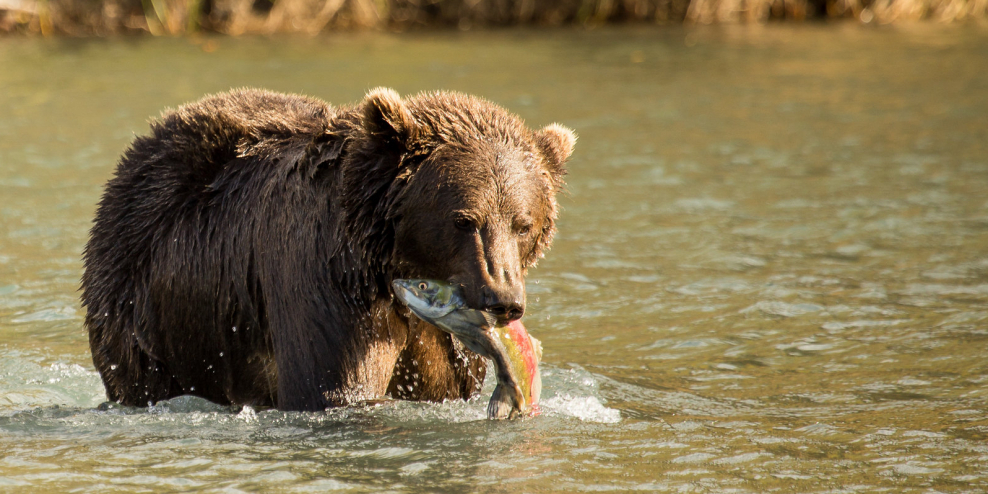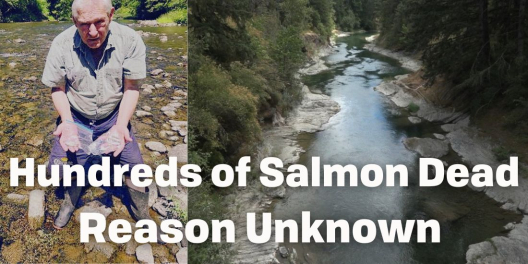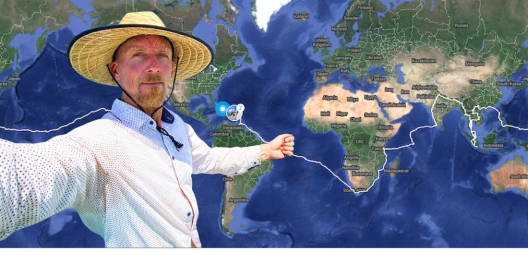Coho are some of BC’s most endangered salmon species.
Despite conservation efforts, they’re still having a hell of a time out there.
While we may associate rivers with a perfect place to cool off, a few scorching days can change that quickly.
In a deep river, a few 30 degree days are tolerable. But for a river going through drought like the Tsolum, shallow waters heat up quickly.
Last week waters hit 28 degrees, and salmon are literally being cooked to death.
“Salmon aren’t happy after about 17 degrees,” said Wayne White, president of the Tsolum River Restoration Society told CHEK News. “Fifteen degrees is ideal, 17 they’re starting to get stressed and when we’re in the high 20’s they don’t have a chance.”
Researchers are seeing 50 percent of juvenile Coho in the river dying.
“Essentially it’s toxic to the fish,” added White. “The only fish that survive are the ones who do find the cool pockets, the deeper pools, some groundwater coming in, some deeper shade in the riparian areas.”
The heat is not only cooking most fish, all of them are getting served up on a silver platter to predators.
The ones that don’t die of heat get sleepy and disoriented, making them an easy snack.
“We walk the river every evening and see dead fish,” said Caroline Heim, Tsolum River Restoration Society program coordinator. “They’re just more vulnerable especially in the shallow waters. Kingfishers can dive down and take them, mink can go in the water, they are more vulnerable when they’re all grouped together like that.”
The BC government has put the Tsolum at Drought Level 4, meaning there is “significant or irreversible harm to aquatic ecosystem.”
The Koksilah River in the Cowichan Valley is seeing a similar situation this summer and is at Drought Level 3.
So what’s causing these hot waters?
Climate change, for starters – but potentially also logging.
“We have a vibrant forest growing up there but that second growth forest does utilize a lot of water so there are concerns whether that’s affecting the groundwater availability and the surface water availability in the river itself over time,” said White.
The history of heavy logging on VanIsle means that the tree cover near rivers that used to provide shade and cool waters continues to disappear.
To combat this the Restoration Society is taking action, actively working to restore riparian tree cover along the river.
They’re also considering placing a deep water intake in Wolf Lake near the base of Mount Washington to help fill the river when needed.
These solutions take time, though. Unfortunately, this year it might be too late for the Coho.









